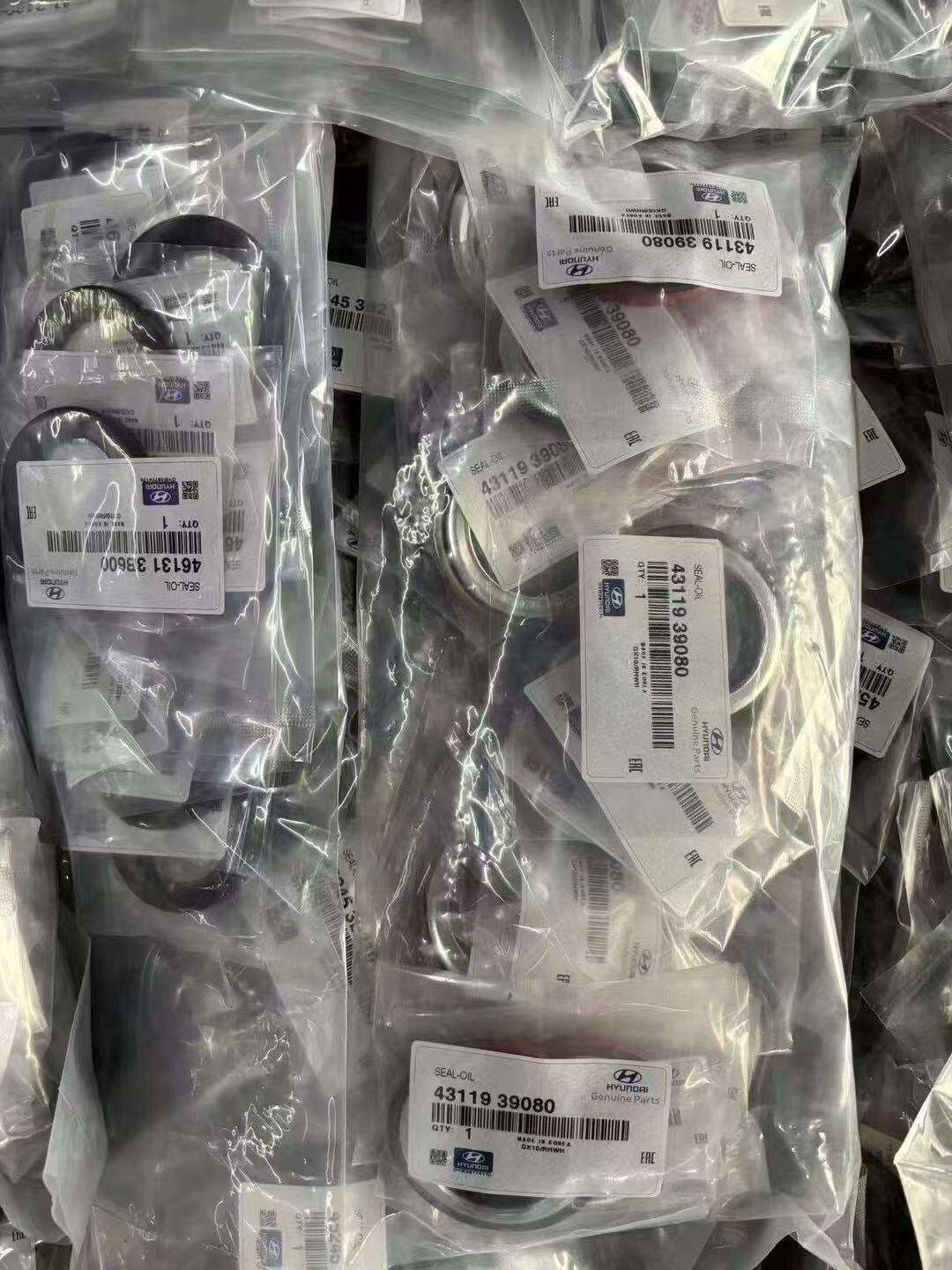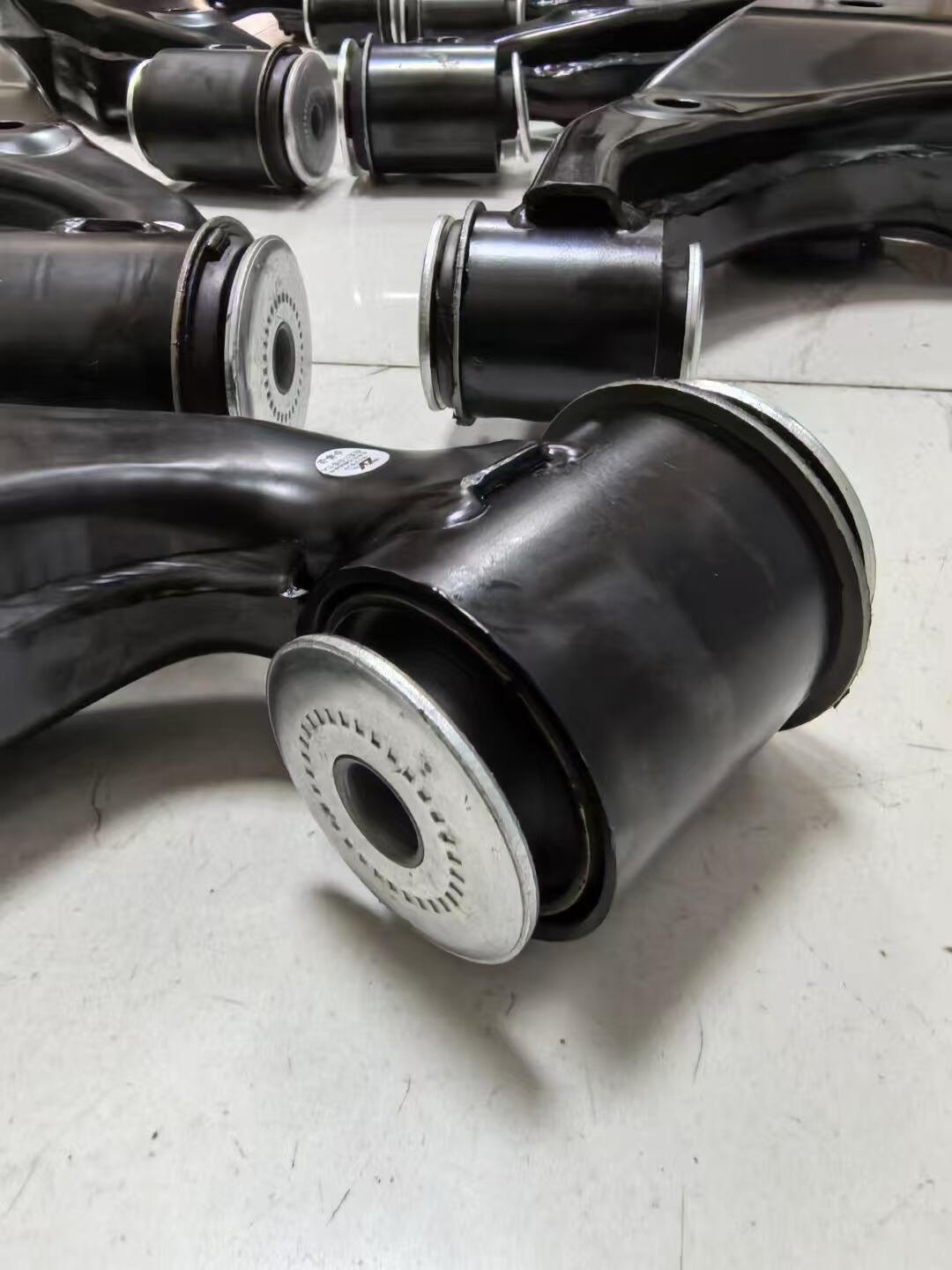new thermostat types
Modern thermostats have revolutionized home climate control through advanced technology and intelligent features. These cutting-edge devices combine sophisticated temperature sensing with smart connectivity, offering unprecedented control over indoor environments. Today's thermostats utilize machine learning algorithms to understand usage patterns and automatically adjust settings for optimal comfort and energy efficiency. They incorporate multi-zone control capabilities, allowing different areas of a home to maintain distinct temperature settings. Most models feature full-color touchscreen displays with intuitive interfaces, making programming and adjustments straightforward for users of all technical abilities. Advanced sensors can detect occupancy, humidity levels, and even air quality, providing comprehensive environmental monitoring. Integration with smart home systems enables remote control through mobile apps, voice commands via virtual assistants, and coordination with other connected devices. These thermostats can also track energy usage patterns, providing detailed reports and suggestions for improving efficiency. Many models include weather forecasting capabilities to anticipate and adjust for changing conditions proactively. The latest versions even incorporate geofencing technology to automatically adjust settings based on residents' locations, ensuring optimal comfort upon arrival while conserving energy when away.


